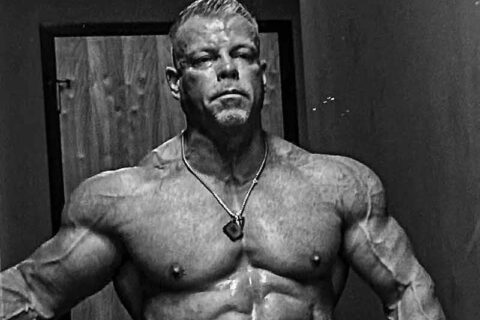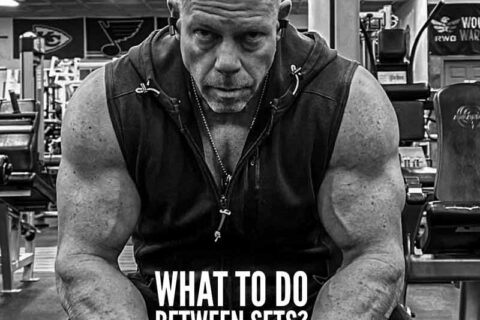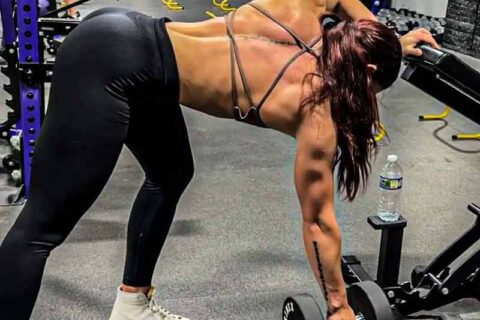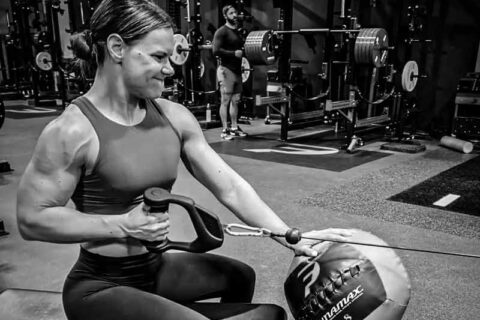Coaches Notes
Muscle hypertrophy, also known as muscle growth, occurs when the size of muscle fibers increases due to an increase in protein synthesis.
Here…
A solid routine is the best way to succeed…it provides structure, consistency, and accountability. When you have a routine, you know exactly…
Mechanical tension is one of the primary mechanisms that contribute to muscle hypertrophy. Mechanical tension occurs when a muscle is subjected to…
When training…I think it’s important to keep your focus. Even during your rest periods.
Here are few things I think…
It’s pointless to perform sets where the resistance is reduced so much so…that you don’t train the appropriate motor units and don’t…
Just because you see someone who’s fit doing an exercise on Instagram…
That doesn’t mean it’s a good exercise or a good exercise for…
THE GROOVE! Finding your rhythm can be a challenge when you’re putting it all together….consistent training…the proper nutrition and…
Why Do You Want Make Bodywork a Part of Your Recovery Routine?
Bodywork breaks up adhesions in the soft tissue that if left unattended to…can…
In addition to bodywork…there are many forms of modalities to treat soft tissue injuries, and Radial Pressure Wave (RPW) is becoming one of the…








